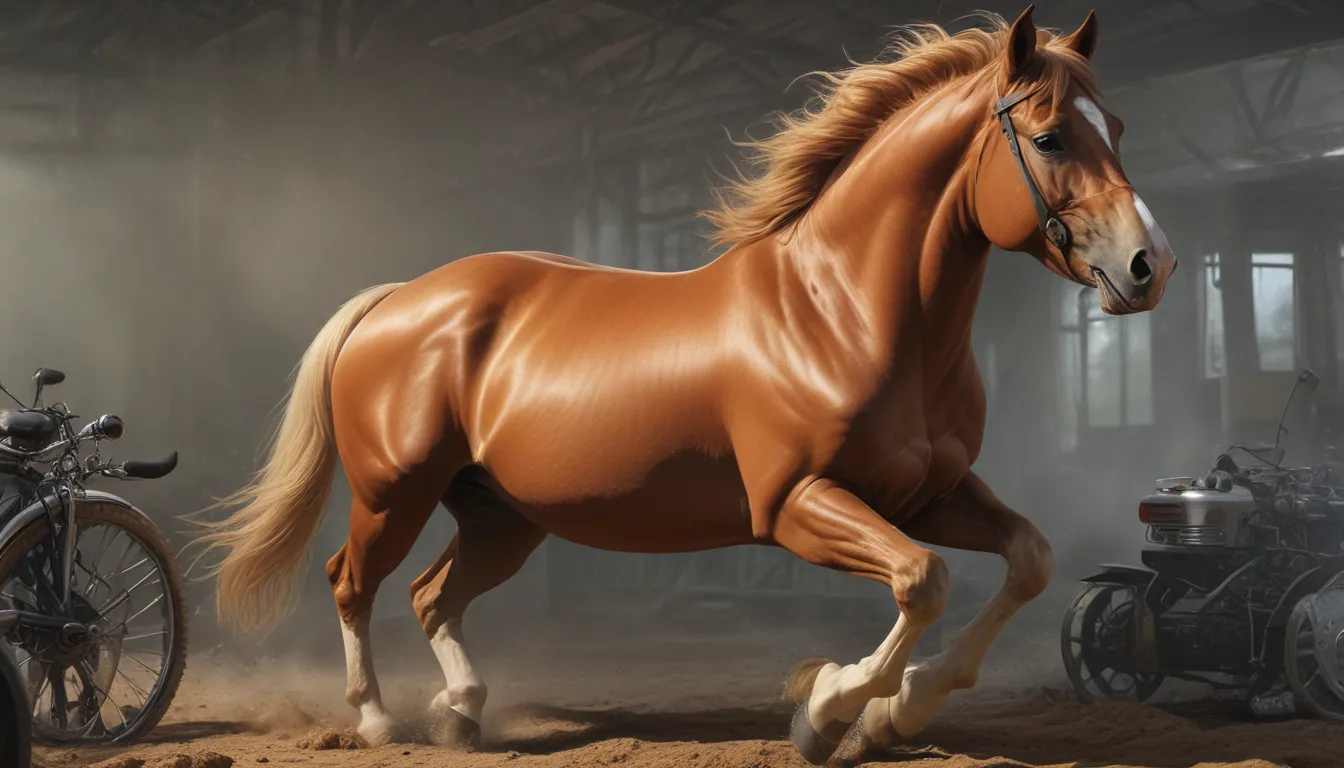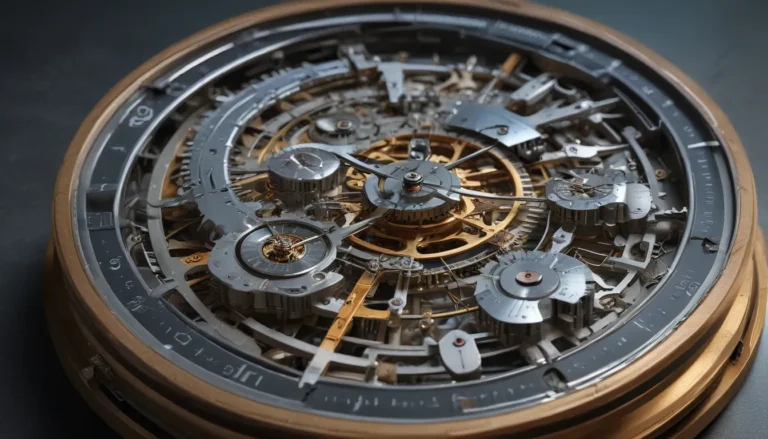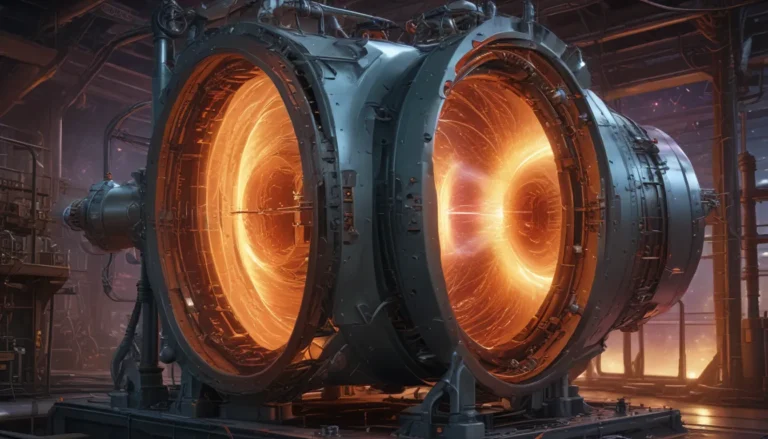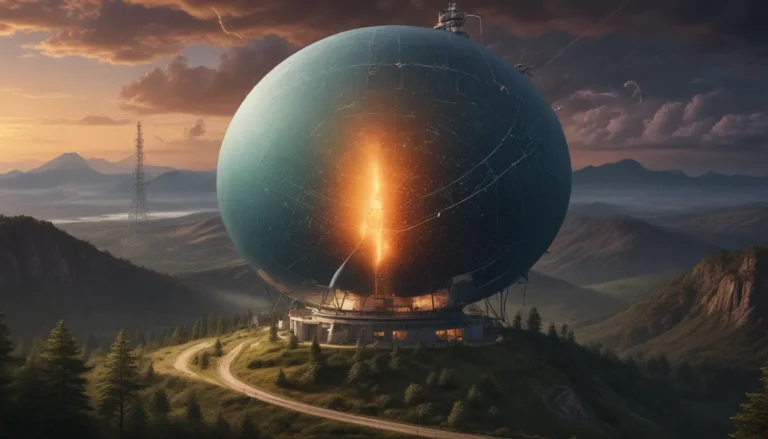A Note About Images: The images used in our articles are for illustration purposes only and may not exactly match the content. They are meant to engage readers, but the text should be relied upon for accurate information.
Have you ever wondered how much power a horse truly possesses? The term “horsepower” has long been used to measure the strength of machines, but what about the animals themselves? Let’s delve into the fascinating world of equine power and discover the surprising truth behind how much horsepower a horse really has.
The Intriguing History of “Horsepower”
Contrary to popular belief, the term “horsepower” does not directly correlate to the power output of a single horse. In fact, it has a rich and captivating history that may surprise you. James Watt, a Scottish inventor known for perfecting the steam engine, introduced the concept of horsepower as a marketing ploy to showcase the capabilities of his invention.
Watt’s calculations led him to determine that one horsepower was equivalent to a horse doing 33,000 foot-pounds per minute. While this figure may seem straightforward, the reality is that horses, like all living beings, have varying power outputs based on their current energy levels. In short bursts, horses can generate up to 15 horsepower, far exceeding the average output expected. This complexity in power generation shatters the common misconception that horsepower is a fixed unit of measurement for horses.
Exploring Equine Power: Beyond Horses
While horses are undoubtedly impressive creatures, their relatives also possess notable power capabilities. Donkeys, known for their strength and utility in various tasks, have their own unit of measurement called “donkeypower,” which equates to approximately 1/3 of a horsepower. Likewise, mules, a hybrid of horses and donkeys, are recognized for their enhanced strength and are likely to surpass pure horses in horsepower production, particularly during labor-intensive activities.
Curiosity may lead us to wonder about the power potential of other equines, such as baby horses and ponies. Although concrete figures are scarce, it is evident that these animals, despite their size differences, exhibit remarkable strength in their own right. Baby horses, as well as ponies, are capable of producing considerable power, often surprising observers with their potency.
Human Power: Comparing to Horses
Humans, while not typically associated with horsepower, have their own remarkable power capabilities. In everyday activities, most individuals do not reach the level of one horsepower. However, in short bursts such as sports or exercise, humans can generate up to 1.2 horsepower, with professional athletes achieving even greater outputs. Athletes like Usain Bolt exemplify the potential for humans to surpass the power of horses, showcasing the extraordinary feats that humans can achieve.
The Versatility of “Horsepower”
The term “horsepower” extends beyond its origins in steam engines, now commonly used to measure the power outputs of various machines, including cars and tools. Different units of horsepower exist, each tailored to specific applications. Mechanical and metric horsepower are the primary variants, with slight differences in their definitions. Additionally, electric horsepower and boiler horsepower offer alternative units for measuring electrical and steam power, showcasing the versatility of horsepower as a universal measurement standard.
Embracing Watt’s Legacy: The Watt as a Unit of Power
James Watt’s lasting legacy extends beyond the concept of horsepower, as the metric system adopted the watt as its primary unit of power measurement. Equivalent to one joule per second, the watt serves as a fundamental unit for quantifying power outputs in electrical devices. Lightbulbs, electric motors, and other electrical components commonly have their outputs measured in watts, highlighting Watt’s enduring impact on the world of measurement and technology.
In conclusion, the exploration of horsepower transcends simple measurements and delves into the intricate capabilities of both animals and humans. As we unravel the complexities of power generation, we gain a deeper appreciation for the remarkable strength inherent in the natural and mechanical world around us. So the next time you hear the term “horsepower,” remember the fascinating history and diverse applications behind this timeless unit of measurement.






